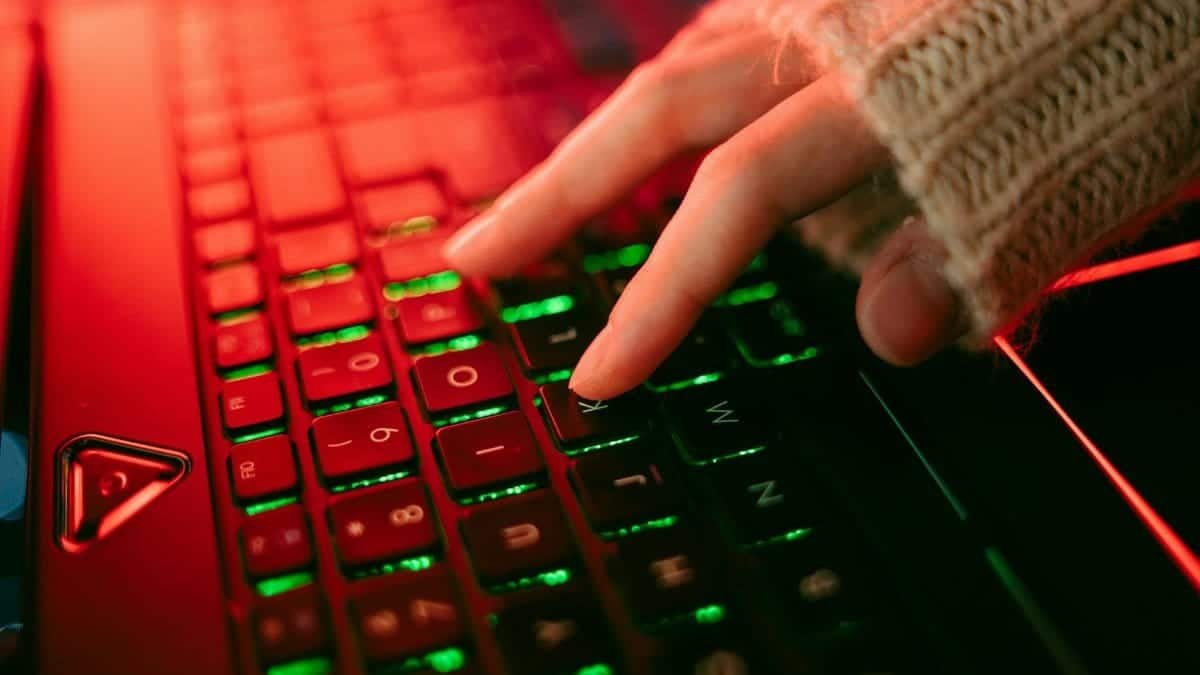Imagine a world where the mind could reach beyond the physical, peering into secrets hidden across vast distances. This isn’t the stuff of science fiction but a concept that gripped the U.S. government during the Cold War. Declassified CIA psychic documents reveal a startling chapter in history, where intelligence agencies explored the potential of psychic abilities and remote viewing as tools for espionage. These files, once buried in secrecy, offer a glimpse into experiments that tested the boundaries of human perception. Were they mere flights of fancy, or did they uncover something real? As these documents surface in 2025, they continue to spark curiosity and debate among scholars, skeptics, and believers alike. What drove the CIA to invest in such unconventional research, and what do these papers tell us about the intersection of science, security, and the unknown?
The Origins of CIA Interest in Psychic Phenomena

The story begins in the tense atmosphere of the mid-20th century, when the U.S. and Soviet Union were locked in a battle for global supremacy. Reports trickled in that the Soviets were experimenting with parapsychology—using psychic powers for military advantage. Alarmed, the CIA couldn’t afford to fall behind. By the 1970s, they launched initiatives to investigate whether extrasensory perception (ESP) could be weaponized. Declassified files show early projects focused on whether individuals could “see” distant locations or access hidden information through mental means alone.
One memo from 1972, now public, details the agency’s urgency to understand these phenomena. The fear wasn’t just about losing ground but about the possibility that enemies could infiltrate U.S. secrets without ever stepping foot on American soil. This wasn’t fringe science to them—it was a matter of national security. The groundwork for what would become the Stargate Project was laid in these early, uneasy years.
Unpacking the Stargate Project

Perhaps the most well-known effort tied to CIA psychic documents is the Stargate Project, a program active from the 1970s to the mid-1990s. Its mission? To train and test individuals in remote viewing—a technique where subjects described distant or unseen targets using only their minds. The project, initially funded by the Defense Intelligence Agency and later overseen by the CIA, produced thousands of pages of reports. Many of these, now declassified, are accessible through government archives.
One striking case involved a viewer sketching a Soviet weapons facility with uncanny accuracy, despite never having seen it. While results varied, the program’s persistence—spanning over two decades—suggests the government saw enough potential to keep funding it. For a deeper look into the project’s scope, the CIA Reading Room offers a trove of related documents.
The Science Behind Remote Viewing Experiments

How did the CIA approach something as intangible as psychic ability with scientific rigor? Their methodology, detailed in declassified records, often involved controlled experiments. Subjects were isolated in rooms, given minimal information, and asked to describe specific “targets”—sometimes a photograph, other times a location halfway across the world. Researchers then compared their descriptions to reality, scoring for accuracy.
Stanford Research Institute (SRI) played a key role, conducting many of these studies under government contracts. Their reports, some of which are summarized by credible outlets like The New York Times, show mixed outcomes. While certain trials hinted at statistically significant results, skeptics argued the successes could be chalked up to chance or vague language. Still, the sheer volume of data collected raises questions about what’s possible.
Key Figures in the Psychic Programs

Behind the experiments were individuals whose names now dot the pages of CIA psychic documents. Ingo Swann, often called the “father of remote viewing,” was a central figure. His ability to describe distant locations—sometimes with eerie precision—caught the attention of government researchers. Swann’s work at SRI helped shape protocols still discussed in parapsychology circles today.
Another name, Russell Targ, a physicist at SRI, brought a scientific lens to the program. Targ’s insistence on double-blind studies lent credibility to the effort, even as critics scoffed. Reading through declassified summaries of their sessions, available via CIA Archives, one senses their determination to prove the unprovable. These pioneers weren’t just chasing ghosts—they were chasing a new frontier of human potential.
Public Reaction and Cultural Impact

When snippets of these programs leaked, the American public didn’t quite know what to make of them. Some saw the CIA’s dabbling in psychic research as proof of hidden truths about the mind. Others dismissed it as a waste of taxpayer money. In the 1990s, after the Stargate Project’s closure, news coverage fueled both fascination and ridicule. A 1995 report in The Washington Post captured this divide, noting the program’s $20 million cost alongside its inconclusive results.
The cultural ripple effects linger in 2025. Films, books, and podcasts often reference these experiments, weaving them into narratives of government conspiracy or untapped human power. Online, anonymous accounts occasionally surface, with one person recently sharing a lingering curiosity about whether their own vivid dreams might echo what remote viewers experienced. Such stories, while unverified, reflect a broader hunger to understand the mind’s reach.
Ethical Dilemmas and Government Accountability

Digging into CIA psychic documents also unearths thornier questions. Was it right for the government to fund research so far outside mainstream science, especially during times of economic strain? Critics argue the money could have bolstered conventional intelligence methods. Others point to a more unsettling issue: the potential invasion of privacy. If remote viewing worked, even sporadically, could it be used to spy on citizens without oversight?
These concerns aren’t just hypothetical. Declassified memos hint at internal debates over the program’s ethics, with some officials questioning its alignment with democratic values. The tension between innovation and accountability remains a live wire, even as the programs have officially ended. It’s a reminder that the pursuit of security often treads a fine line with personal freedom.
Why These Documents Still Matter in 2025

Decades after the Stargate Project shuttered, the release of CIA psychic documents continues to stir discussion. They’re not just relics of a bygone era but touch on timeless questions about human capability and the limits of science. In 2025, as technology races forward with AI and brain-computer interfaces, these files prompt us to wonder: could the mind itself be the next frontier of espionage?
Moreover, the documents serve as a historical mirror, reflecting how fear and competition can drive even the most outlandish ideas into serious consideration. They challenge us to balance skepticism with open-mindedness. After all, today’s pseudoscience sometimes becomes tomorrow’s breakthrough. For now, these papers stand as a testament to a strange, bold experiment—one that may never fully reveal its truths.
Navigating Belief and Skepticism Today

The legacy of these programs splits opinion down the middle. On one side are those who see the declassified files as evidence of untapped mental powers, pointing to the handful of successful remote viewing sessions. On the other are scientists who argue the data lacks rigor, insisting any “hits” were flukes. A conversation overheard at a recent conference captured this divide—a researcher scoffed at the idea of psychic spies, while a colleague countered that dismissing it outright ignores anomalies worth studying.
For the average person, the takeaway might be less about picking a side and more about grappling with uncertainty. The CIA’s foray into the psychic realm, documented in grainy scans and typed reports, doesn’t provide easy answers. Instead, it leaves us with a puzzle: how much of the human mind remains uncharted, and are we brave enough to keep exploring?
